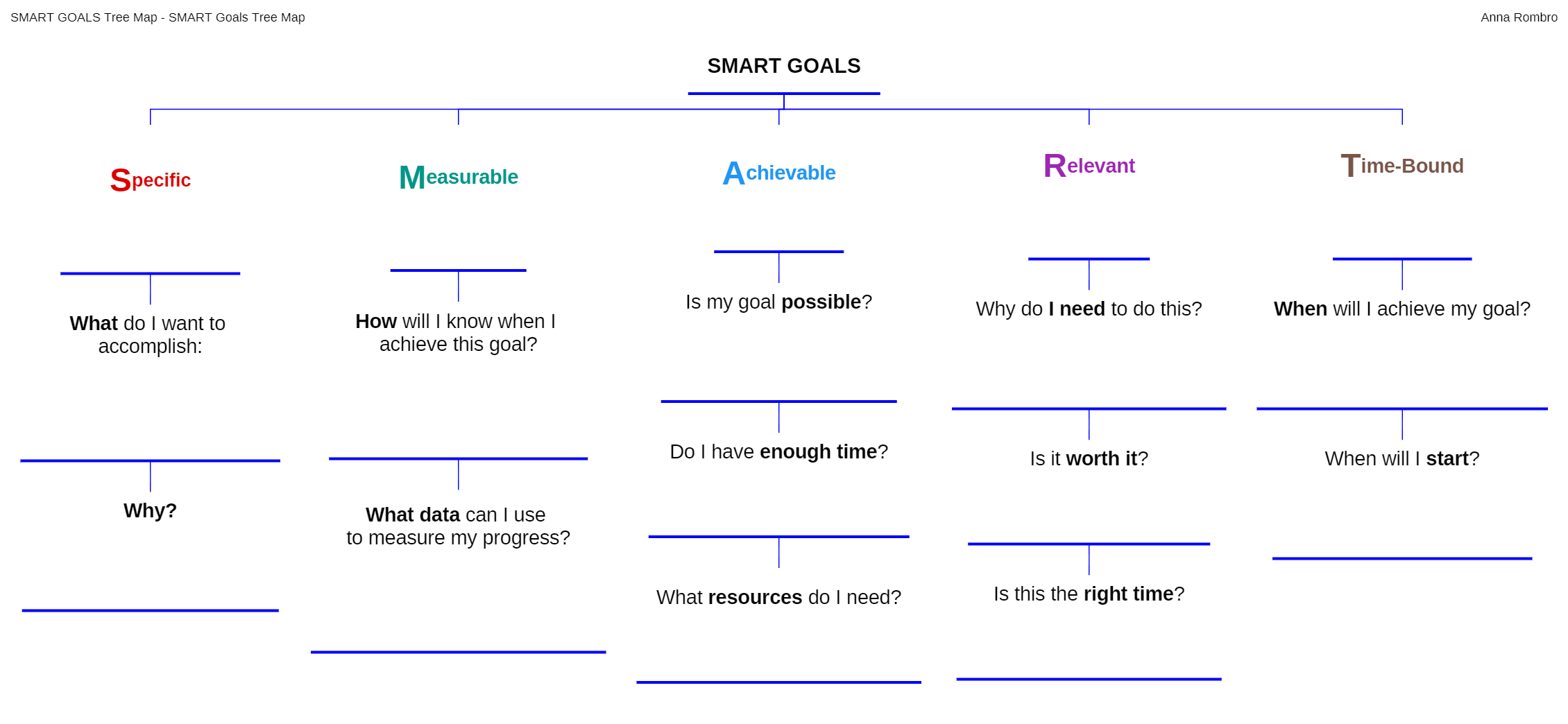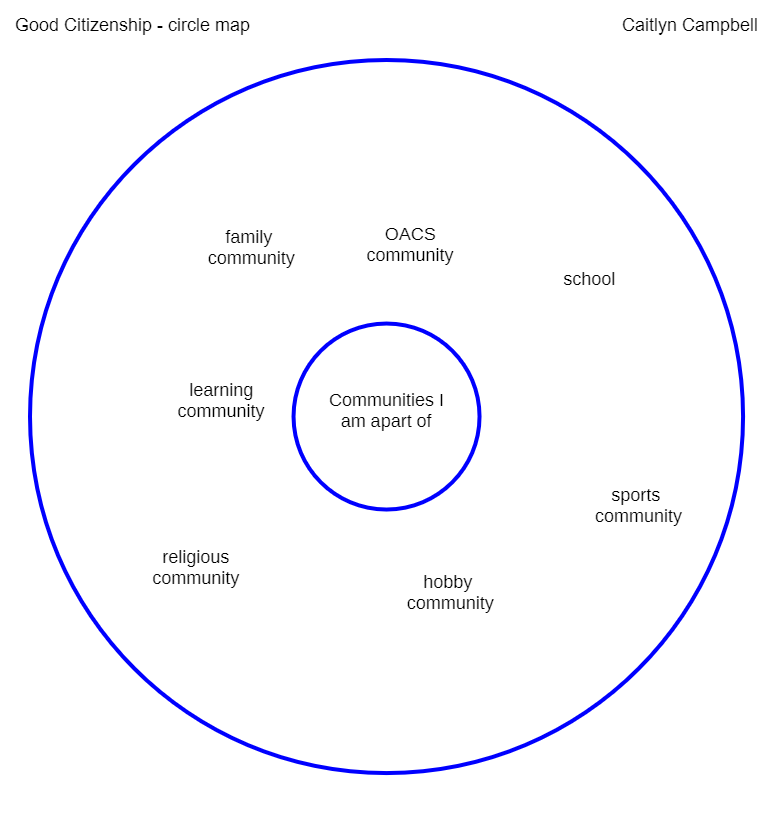Critical Thinking for the Real World
NOVEMBER 15, 2024
Critical thinking is a cornerstone of success in all aspects of life—not only in academics and on the job, but also in personal decision-making, relationships, and citizenship. And yet, critical thinking skills are rarely explicitly taught. Student-directed activities grounded in real-world problems and applications can help students develop the critical thinking skills they need for everyday life.
Critical Thinking Beyond the Classroom
In a world filled with complex information and constant change, the ability to think critically allows us to make informed, thoughtful choices—whether we’re evaluating news, managing finances, or navigating complex social dynamics. Direct, explicit instruction in critical thinking not only improves academic performance and prepares students for college and career success, but also empowers individuals to meet day-to-day life challenges with confidence and clarity.
Critical thinking touches nearly every aspect of our lives. In particular, consider:
- Evaluating News and Social Media: With the flood of information on social media and news outlets, critical thinking helps people assess sources, question motives, and separate facts from opinions or sensationalism.
- Personal Finance and Budgeting: When making decisions about budgets, investments, or day-to-day purchases, critical thinking enables people to weigh long-term impacts, identify hidden costs, and set financial goals.
- Health and Wellness: From understanding medical advice to choosing a healthy lifestyle, critical thinking allows people to make informed choices about their well-being.
- Workplace Problem-Solving: In professional settings, critical thinking enables individuals to analyze problems, consider creative solutions, and anticipate potential challenges.
- Consumer Choices: Critical thinking helps consumers compare product options, assess advertising claims, and make choices that reflect their values and needs.
- Navigating Relationships: Critical thinking helps people communicate needs and expectations clearly, consider other perspectives, build consensus, and resolve conflicts fairly and peacefully.
Engaging in Civic Duties: Informed citizens who can critically assess political messaging, understand issues from different viewpoints, and think through the consequences of various policies are prepared to make confident voting decisions and engage fully with their communities.

Real-World Activities to Build Critical Thinking
Real-world activities that foster critical thinking can transform learning. Open-ended, cross-curricular projects and activities provide opportunities for students to connect knowledge from different subject areas, think creatively, and collaborate in meaningful ways. These types of activities encourage students to ask questions, explore multiple perspectives, and apply their learning to real-world problems—developing critical and creative thinking skills along the way.
Educators can provide opportunities for these types of activities both within and beyond the traditional classroom. Individual teachers can choose to incorporate open-ended and student-directed activities into their standard curricula. In some schools, these initiatives go further, implementing hands-on and cross-curricular approaches to teaching and learning that shape the entire school day. In other cases, learning may extend beyond the classroom through after-school, extracurricular, and community-based programs. Some common approaches include:
- Project-Based Learning (PBL): PBL immerses students in real-world problems that require critical thinking at every stage—from defining the problem to proposing and testing solutions. For example, students might tackle environmental issues like reducing plastic waste, designing energy-efficient models for their school, or developing strategies for a local business to reach new customers. These projects require students to research, brainstorm, evaluate options, and refine their ideas based on evidence.
- Service Learning: Service learning combines community service with academic goals, encouraging students to make a positive impact while developing critical thinking skills. For instance, students might work on improving a local park, creating awareness campaigns for health or safety issues, or organizing a community event. This type of learning emphasizes planning, empathy, and adaptability, as students must consider the needs and feedback of community members.
- Simulations and Role-Playing: Simulations allow students to step into real-world roles, helping them develop decision-making and problem-solving skills in a safe environment. For example, a mock city council meeting about a local issue teaches students to evaluate evidence, understand stakeholder perspectives, and communicate persuasively. Similarly, role-playing a medical scenario or emergency response builds quick thinking and prioritization skills.
Research and Inquiry-Based Projects: Encouraging students to investigate a question they’re passionate about develops both curiosity and critical thinking. Inquiry projects could range from exploring the impacts of climate change in their region to researching local history and interviewing community members. This approach requires students to assess sources, form hypotheses, analyze data, and draw conclusions based on evidence.
Applied Critical Thinking with Thinking Maps
Thinking Maps provide a powerful framework for developing critical thinking skills in real-world contexts. By giving students a visual language to organize, analyze, and synthesize information, Thinking Maps support the exploration of complex, open-ended projects and development of creative ideas and solutions. With Thinking Maps, students can:
- Brainstorm, plan, and collaborate with peers using a common visual platform.
- Collect and organize data and notes during the research process.
- Develop holistic project plans and break down large tasks into manageable parts.
- Clarify and organize their thoughts by visually mapping out ideas, making it easier to see connections and relationships.
- Identify patterns and themes within complex information in order to draw meaningful insights and make informed decisions.
- Track progress and reflect on learning by revisiting and revising their Maps throughout a project.
Present findings clearly and effectively to peers or teachers, using Maps to communicate complex ideas in a visually accessible way.


This visual approach to thinking enables students to see patterns, weigh options, reflect on different perspectives, draw conclusions, and develop solutions. These are the same skills students will need to navigate challenges in the workplace and in their day-to-day lives. Whether they are analyzing data, managing a budget, resolving conflicts, or making informed personal choices, students who have practiced critical thinking through Thinking Maps will be better prepared to make thoughtful, evidence-based decisions.
By learning to organize, analyze, and communicate complex ideas, students gain confidence in their ability to approach unfamiliar situations with clarity and resilience. These foundational skills empower students not just in academic settings but in every aspect of their future, helping them to become adaptable, informed, and proactive problem solvers in a rapidly changing world.
Further reading:
From the blog:
- Are We Preparing Our Students for Life After High School?
- Critical Thinking Skills for Project-Based Learning
- What Does It Mean to Be College Ready?
- Critical Thinking for Future Voters
From TMLC Navigator:
(For Thinking Maps Learning Community subscribers only. Talk to your Thinking Maps representative to get started.)
Continue Reading
May 1, 2025
Artificial Intelligence (AI) is transforming education, from custom content in a minute to personalized learning. But with this surge in AI adoption comes a critical challenge for educators and students alike—the need to strengthen critical thinking skills. While AI offers immense potential, it cannot replace the human ability to think analytically, question assumptions, and make independent judgments.
January 15, 2025
Rather than simply memorizing facts, students with strong critical thinking skills learn how to connect ideas, identify patterns, and make informed decisions—key abilities in a rapidly changing world. These higher-order thinking skills at the core of critical thinking push students beyond rote learning to actively engage with content. In fact, closing the critical thinking gap is one of the most effective ways to accelerate learning for students who are struggling to learn grade-level content.
October 15, 2024
A healthy democracy depends on its citizens’ ability to process complex information and make informed decisions about issues and candidates. In other words, democracy demands critical thinking. Election season is a great time to help students develop the higher-order thinking skills they will need to be active, engaged citizens.
September 16, 2024
Why do we write? And why do we teach writing? In a world where Large Language Models (LLMs) are now ubiquitous, these questions have taken on a new urgency for students and teachers—and, indeed, for professional writers. Writing instruction in the AI era must focus on helping students discover and express their own unique ideas, voice, and purpose.